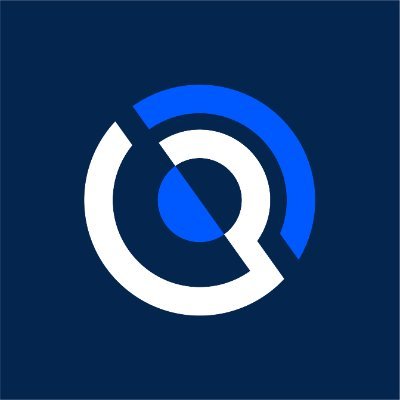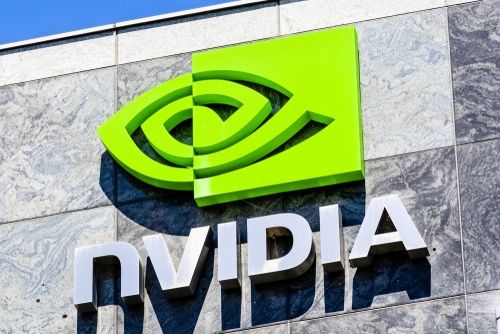Lido começa a encerrar o serviço de piquetagem de cadeia Polygon PoS

Lido iniciou oficialmente a eliminação de seus serviços de staking na cadeia Polygon Proof-of-Stake (PoS) após uma votação aprovada pela comunidade em novembro. A decisão marca uma mudança significativa nas operações do protocolo, que anteriormente permitia aos usuários apostar os tokens MATIC da Polygon em troca de tokens de piquetagem líquidos chamados estáticos.
De acordo com uma postagem no blog da plataforma defi , a descontinuação do serviço começou na segunda-feira. O Lido notificou os usuários que eles têm até 16 de junho de 2025 para sacar seus fundos. Após esse prazo, os saques só estarão disponíveis por meio de ferramentas exploradoras, afirma o protocolo.
Além disso, de 15 a 22 de janeiro de 2025, as operações do Lido no Polygon serão temporariamente pausadas, o que significa que os usuários não poderão sacar seus ativos apostados durante este período.
Apoio comunitário do Lido e decisão de governança
A decisão do Lido de eliminar gradualmente seus serviços na rede Polygon PoS segue extensas discussões e uma votação da comunidade dentro do Lido DAO. Na postagem do blog, a equipe do Lido Finance explicou que a mudança foi motivada pelo apoio esmagador dos detentores de tokens LDO, com 99% dos eleitores a favor da proposta.
A votação considerou duas propostas principais: uma para descontinuar o serviço de piquetagem Polygon e outra para reavaliar o modelo econômico do middleware do protocolo.
O processo de pôr do sol do Lido on Polygon começou. https://t.co/icgidJsbqF
Veja abaixo uma visão geral dos próximos cronogramas e requisitos 📆📜
— Lido (@LidoFinance) 16 de dezembro de 2024
The team mentioned that several factors led to Lido’s decision to wind down its Polygon staking offering. The announcement cited limited user adoption, insufficient rewards, and the resource-intensive nature of maintaining the service as significant challenges.
The announcement also highlighted the changing dynamics of the ecosystem, noting that the demand for liquid staking solutions on the Polygon PoS network had diminished. This decline in demand ultimately affected Lido’s ability to position itself as a foundational defi building block on the network.
The blog post further pointed to the development of alternative liquid staking solutions within the Polygon ecosystem as a contributing factor to the decision. These alternative solutions, coupled with the smaller-than-expected growth of the Polygon PoS ecosystem, reduced the viability of Lido’s service on the chain.
Focus shifting to Ethereum and defi trends
The development team acknowledged that Lido’s focus has increasingly shifted toward Ethereum. The DAO recently approved a new initiative to launch a “community staking module” designed to make Ethereum solo staking more accessible.
This initiative is part of a broader strategy to enhance the inclusivity of Ethereum’s staking ecosystem and better meet the demands of Lido’s user base.
Lido’s exit from Polygon is not the first instance of the protocol retreating from a blockchain. In 2023, LDO’s DAO approved the discontinuation of its Solana staking service after the protocol experienced losses of $484,000, which significantly outweighed its $220,000 in revenue from the Solana network.
The decision to exit Solana reflected similar challenges in user adoption and resource allocation, as well as the evolving dynamics of the blockchain and defi space.
Aave, one of the largest lending protocols on Polygon, has also proposed ceasing operations on the network due to concerns over an upcoming review of the risk profile of bridged assets.
On December 13, Aave founder Marc Zeller introduced the proposal, responding to Polygon’s governance request to use over $1 billion in stablecoin reserves to farm assets on other protocols. The proposal highlighted unease among defi projects about the evolving governance and risk factors within the Polygon ecosystem.
At press time, LDO remains the largest liquid staking protocol for Ethereum, with approximately $39.7 billion in TVL, per DefiLlama data. The protocol continues to dominate the Ethereum liquid staking market ahead of the likes of Ether.fi and Rocketpool.
From Zero to Web3 Pro: Your 90-Day Career Launch Plan







